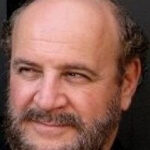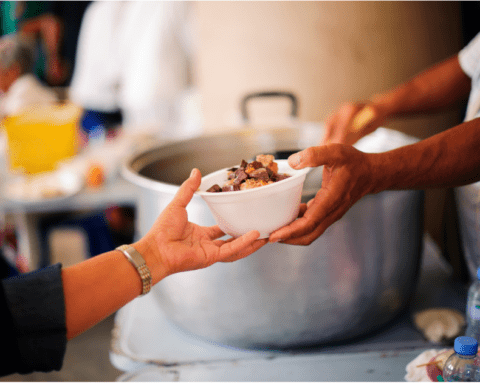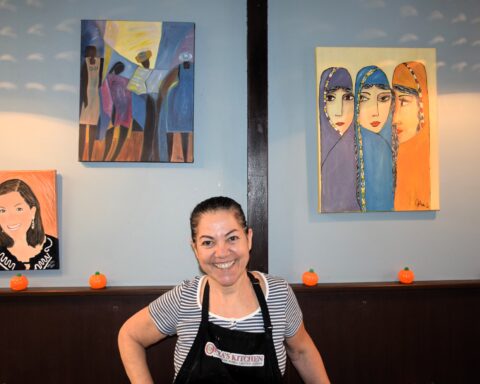Can we force a minority community to either integrate outsiders into its activities or disperse?
These are the questions at the heart of a recent debate in Thornhill, Vaughan – an upper-middle class community north of Toronto.
A local Shia Muslim congregation had proposed to erect a 17-storey, 205-unit residence with retail space, along with another 17-storey seniors residence with 100 assisted living units and 61 three-storey condo townhouses near a major intersection. This is a large undertaking and buildings of that height and stature could be potentially dominant architecturally – never mind who occupies them.
Now understand that this suburb of Toronto has a rather interesting cultural history: A few decades ago, the emerging Italian populace moved into part of the community now called Woodbridge. Thornhill became a favourite location for Toronto’s growing Jewish population. Along with these two, shall we call them “enclaves”, came other east and south Asian minority settlements. The Toronto area has lots of them: Portuguese, Caribbean, eastern European, etc.
Among the communities in Thornhill is a significant Shia Muslim population with mostly Persian, South Asian, African and other roots. In fact, their long-standing Jaffari Islamic Centre famously shared a parking lot with the Jewish congregation of Temple Har Zion next door. It’s been a story of cooperation that many Canadians pointed to with pride.
Condo proposal
But when the condo proposal was brought forward, not all was sweetness and light. Chief among the detractors was the Jewish Defence League (JDL), whose spokesperson was quoted as saying, the said condo complex would “encourage the spread of radical Islam.”
Though its reasoning is specious, it’s actually good the JDL is putting its cards on the table and not speaking in euphemisms or from behind the usual smokescreens.
An online petition of Thornhill residents listed concerns about: traffic congestion, impact on quality of life, safety, the environment, the incongruity of such high-density construction.
In other communities I have witnessed attempts to stop the construction of gurudwaras and mosques because residents ostensibly felt they might create parking problems or traffic congestion or some obscure zoning precedent was cited. Those were rarely the real issues. The core issue, beyond the size and configuration of the proposed project, is the fear that the other guy is going to invade my community, radically alter my community, and make me feel like a stranger in my own neighbourhood.
As my First Nations friends might say: “Welcome to my life and my history. Get over it”
I appreciate that this project, proposed for an area densely populated by Jews, would and could cause some alarm. However, to their credit, the developers and sponsors of the complex showed a measure of sensitivity. They knew that there might be fears of a “massive” influx of “others”; a fear of ghettoization – yes, all that in a community already packed with existing enclaves.
So the developers wrote: “our intention is to design the development with the broader community in mind. As such, we envision that many parts of the development will be open to all residents of Vaughan and the surrounding areas, including the playing fields and tennis courts.” That’s a good start. It would have been preferable, I believe, if they opened some of the residential units to outsiders, too.
That’s the type of Canada I’d like to live in.
Civic discourse
To the credit of the Vaughan community, its leadership and its citizens, the municipal discourse was largely civil and polite and the project was sent for further study. And, that brings me to my overall observations.
It is a measure of our freedom as Canadians to choose to live pretty much wherever the by-laws allow residential dwelling. It is also true that new Canadians, especially those with a strong religious identity or of non-Anglo-Saxon origins, will feel most comfortable residing with their social and cultural peers, close to familiar services and institutions. Hence, we have Chinatowns in most major cities. Across the nation, we have rural Hutterite and Mennonite and Doukhobour communities that choose to live with their own people – apart from the rest of us. That is their freedom to choose.
In a free society, we do not compel cultures and groups to be social. But we all know too well the evils of apartheid.
It is one thing for a people to choose to segregate. It is another to have it imposed by law or by culture or economic stratification.
I would encourage each of these cultural communities to make room in their midst – better yet, to welcome – those who are culturally diverse. I would encourage the Jewish communities in Thornhill to continue to welcome the Shia Muslims. I applaud the Muslims for recognizing the value of being social with others.
Why? First, because of the richness gained from cultural exchange. A child who grows up with exposure to a number of cultures is more likely to respect and understand those cultures and can comfortably travel the world and make friends everywhere. Second, diversity serves to inoculate a community against being profiled or attacked on the basis of race, religion, language or wealth. When communities are segregated and mono-cultural, I believe there often develops a tension, an antagonism between that community and the rest of the society. And while there may be strength in numbers, it can also sever the segregated community from larger consideration and opportunities. We call that a ghetto; a ghetto of the residents’ choosing – not one created by “White flight”.
Richard M. Landau has been responsible for adjudicating disputes and enforcing a television network code of ethics in a religious broadcasting setting since 1992. He is a graduate of Carleton University and the University of Ottawa. A leader in interfaith dialogue, Mr. Landau has consulted with the UK Home Office, and the White House Office of Community- and Faith-Based Initiatives. He works closely with leadership in all of the major world religions. He is author of “What the World Needs to Know about Interfaith Dialogue.”





